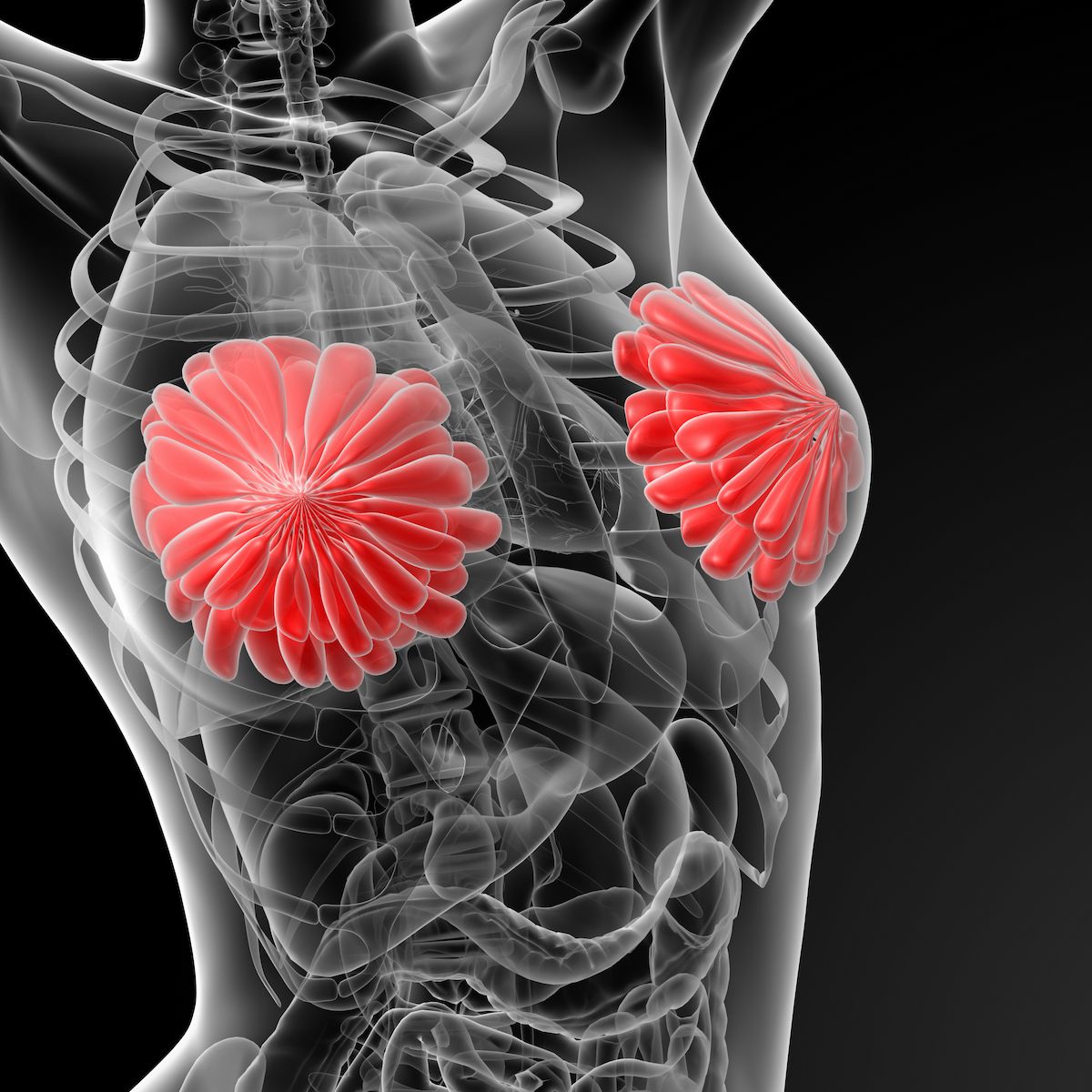Neoadjuvant Nivolumab Combo Boosts Pathologic Response in ER+ Breast Cancer
Data from the CheckMate 7FL trial may inform treatment decisions regarding preoperative immunotherapy for patients with breast cancer.
“We hope that these results inform treatment decisions and, in turn, improve outcomes for patients with breast cancer, ultimately improving cure rates,” according to senior study author Heather McArthur, MD, MPH.

Combining nivolumab (Opdivo) with neoadjuvant anthracycline and taxane-based chemotherapy conferred significant pathologic complete response (pCR) rates among patients with early-stage estrogen receptor (ER)–positive, HER2-negative breast cancer, according to findings from the phase 3 CheckMate 7FL trial (NCT04109066) published in Nature Medicine.1
The pCR rate was 24.5% (n = 63/257) in the nivolumab arm compared with 13.8% (n = 35/253) in the placebo arm (odds ratio [OR], 2.05; 95% CI, 1.29-3.27; P = .0021). Between the experimental and placebo arms, the difference in the pCR rate was 24.1% (95% CI, 10.1%-36.7%) among patients with PD-L1–positive disease and 3.6% (95% CI, –3.6% to 10.7%) for those with PD-L1–negative tumors.
The trial was significantly underpowered for event-free survival (EFS) based on its early termination; the median follow-up for this end point was premature at 19 months. Descriptive exploratory analysis findings showed that the 18-month EFS rates were 89.1% (95% CI, 83.8%-92.7%) in the nivolumab arm vs 91.7% (95% CI, 86.7%-94.8%) in the placebo arm.
“We hope that these results inform treatment decisions and, in turn, improve outcomes for patients with breast cancer, ultimately improving cure rates,” senior study author Heather McArthur, MD, MPH, a professor of Internal Medicine in the Division of Hematology and Oncology and clinical director of the Breast Cancer Program at the Simmons Cancer Center of UT Southwestern, stated in a press release on these findings.2
In this prospective, double-blind, multicenter phase 3 trial, patients were randomly assigned 1:1 to receive nivolumab (n = 257) or placebo (n = 253) in combination with neoadjuvant chemotherapy. Neoadjuvant therapy consisted of nivolumab at 360 mg or placebo every 3 weeks plus weekly paclitaxel for 12 weeks followed by nivolumab—at 360 mg every 3 weeks or 240 mg every 2 weeks—or placebo plus anthracycline and cyclophosphamide.
Following surgery of the breast and axilla within 4 weeks of completing neoadjuvant treatment, patients received adjuvant therapy with nivolumab at 480 mg in combination with investigator’s choice of endocrine therapy with or without ovarian suppression for a maximum of 7 cycles. Choices of endocrine therapy included tamoxifen (Nolvadex), letrozole (Femara), anastrozole (Arimidex), and exemestane (Aromasin).
The trial’s primary end point was pCR; EFS was initially a co-primary end point, but investigators later amended the protocol to focus exclusively on pCR and evaluate EFS as an exploratory end point due to a low number of enrolled patients and events. Other end points included residual cancer burden 0 or I rates; efficacy outcomes associated with PD-L1 combined positive score, stromal tumor-infiltrating lymphocytes (sTILs), levels of estrogen or progesterone receptors, and Ki67 index; and safety and tolerability.
Patients with newly diagnosed ER–positive, HER2-negative breast cancer, adequate organ function, availability of tissue for biomarker assessment, and an ECOG performance status of 0 or 1 were eligible for enrollment on the trial. Those with multicentric breast cancer, prior ipsilateral invasive breast cancer, evidence of metastatic disease, or prior receipt of immunotherapy were ineligible to enroll.
Across the modified intent-to-treat population in the nivolumab and placebo arms, the median age was 50 years (range, 24-78) and 51 years (range, 23-79), respectively. Most patients in each respective arm had an ECOG performance status of 0 (86% vs 88%), grade 3 tumors (98% vs more than 99%), stage II disease (53% vs 55%), and PD-L1 expression in less than 1% of tumor cells (66% vs 67%).
Investigators noted that the highest pCR rates occurred in patients with both positive sTIL and PD-L1 expression, although nivolumab still elicited a benefit in those with discordance between PD-L1 expression of less than 1% in immune cells and positive sTIL expression. Data did not show an association between Ki67 index and nivolumab benefit. Additionally, multivariate analysis showed that sTIL percentage and PD-L1 expression independently correlated with the efficacy of nivolumab.
Any-grade adverse effects (AEs) occurred in 98.5% of the nivolumab arm and 98.4% of the placebo arm, with treatment-related AEs (TRAEs) affecting 95.0% vs 91.8%, respectively. In each respective arm, the most common TRAEs included alopecia (48.9% vs 48.2%), nausea (45.0% vs 36.9%), anemia (36.3% vs 29.4%), and fatigue (31.7% vs 25.5%).
Grade 3/4 AEs were reported in 42.0% of patients who received nivolumab and 38.4% of those who were treated with placebo. Grade 3/4 TRAEs occurred in 35.1% and 32.5% of patients, respectively. Three grade 5 toxicities that were unrelated to treatment occurred in the nivolumab arm during neoadjuvant therapy, which included COVID-19 (n = 1) and pulmonary embolism (n = 2).
References
- Loi S, Salgado R, Curigliano G, et al. Neoadjuvant nivolumab and chemotherapy in early estrogen receptor-positive breast cancer: a randomized phase 3 trial. Nat Med. Published online January 21, 2025. doi:10.1038/s41591-024-03414-8
- Preoperative immunotherapy could enhance breast cancer cure rates. News release. UT Southwestern Medical Center. February 4, 2025. Accessed February 6, 2025. https://tinyurl.com/56abr5hk